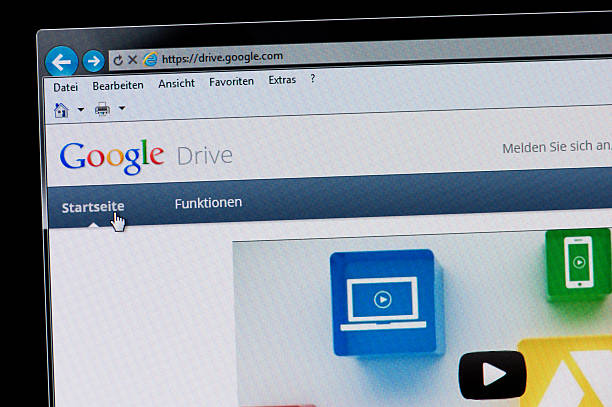How To Free Up Space In Google Drive

Introduction
Google Drive is one of the safest and free cloud-based storage applications that enables users to store different data types. It ensures that files uploaded to the Google Drive cloud are secure and private. These files are uploaded to cloud storage, which can later be downloaded or backed up when required. After the file is uploaded to cloud storage, it can be accessed through any device by logging in to your account. Google Drive can also be synced with other devices, such as laptops or computers, to access or upload files on cloud storage.
Features
It integrates with many first and third-party external web applications that users are given the option to add from the Chrome Web Store. The help of other applications provided by Google, such as Google Docs, can help you edit documents uploaded on Google Drive. It provides sorting file type, date modification, item name, ownership, and more. The free version of Google Drive provides up to 15 GB of free storage to all its users. The price for 100 GB is $1.99 per month, 1 TB for $9.99 per month, 10 TB for $99.99 per month, and 30 TB for $299.99 per month. The user gets a discount when they pay for a subscription annually.
Common Issues
One of the common problems that Google Drive users face is the problem of storage space getting full very easily. This issue is because messages and attachments that are of no use get stored in the spam and trash folder, and duplicate files and photos also take up a lot of cloud storage. Photos and videos which are high quality usually take up a lot of storage space. Spam email is one of the main reasons for hogging up your Google Drive space.
Fixes
There is much paid and open-source software to clean up all the junk files and trash from your cloud storage. In this article, we will look at some fixes to the concern of how to free up space in your Google Drive. We will look at Cisdem Google Drive duplicate files finder . These application will ease the task of deleting all the trash with one click and help you free up space in your Google Drive account. These applications are supported by various operating systems, which makes them available for different types of devices around the globe.
The Google Drive duplicate finder automatically searches for duplicate images, videos, audio, and other types of documents. It helps to find identical photos, too. It is available for Windows and Mac operating systems and scans the external hard drive and SD card for duplicate files. Furthermore, it can scan duplicate files across different folders or paths. After the scan is complete, it displays all the files and automatically selects them permanently for you to remove from your Google Drive account. This application also comes with the feature of mass selection. It is an easily customizable and powerful tool to free up cloud storage space in your Google Drive account. To use this application:
1. Install it on Windows or Mac and then Google Drive to Google Drive duplicate finder and remover.

2. After adding it, click on scan and wait for the scan to complete results will be displayed, and all the duplicate files can be viewed.

3. Please select all the unnecessary junk and click on delete to remove them from your cloud storage.

Read More: How to remove duplicates in Google Drive
Conclusion
These are the most effective methods to free up space for google drive in our experience. There are definitely other way to manage and clean google drive, like removing large files, deleting download backups, etc.
Using all the methods may require a lot of time, so you can choose the ones that are suitable for you, or if you have no idea on what to delete, just using a duplicate file finder to delete all that useless duplicates.






